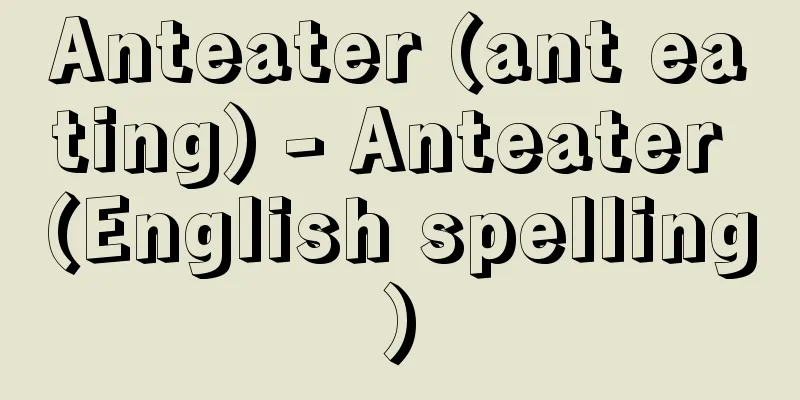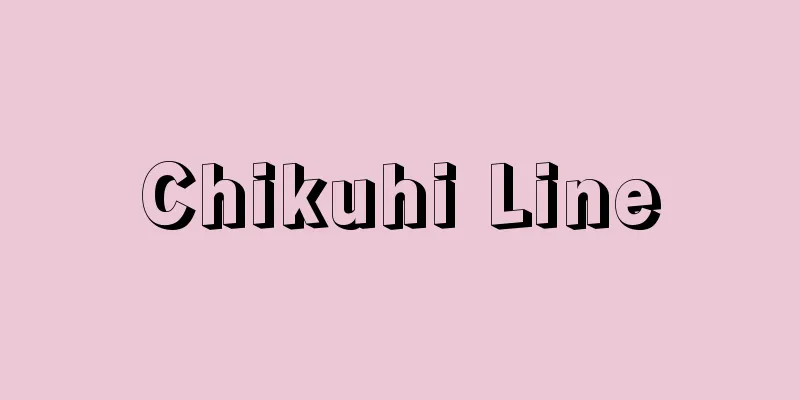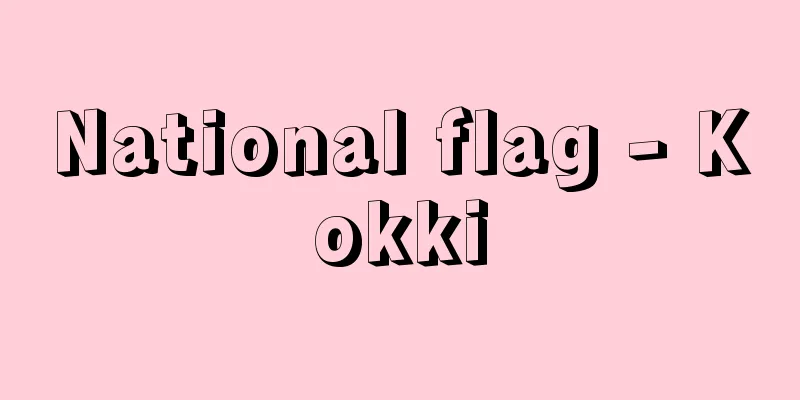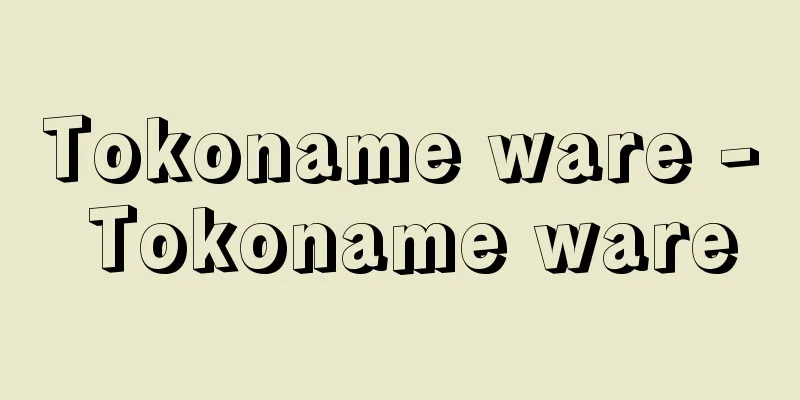Habu Genseki
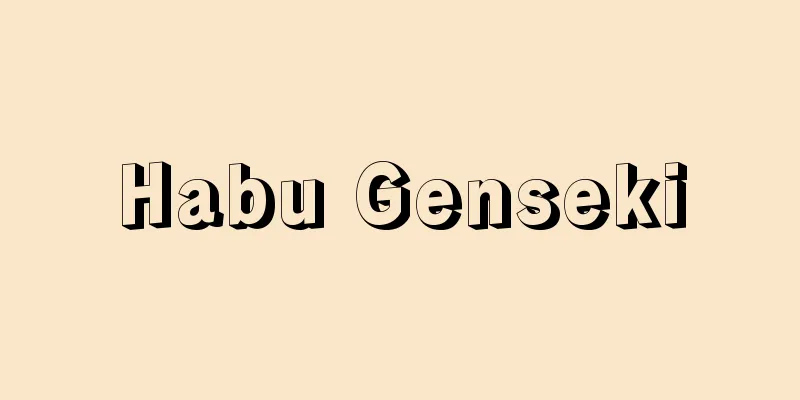
|
Year of death: August 17, 1848 (September 14, 1848) Year of birth: 1762 An ophthalmologist in the late Edo period. The eldest son of Habu Yoshitatsu, a physician from Yoshida, Takada County, Aki Province (Yoshida Town, Hiroshima Prefecture). The Habu family had practiced ophthalmology in this area for generations. His given name was Yoshitoshi, and his childhood name was Kyuma. He was originally called Gendo, later became Genseki, and his pen name was Kuwao, and his pen name was Kyunyo. In 1778, he entered Narabayashi School in Osaka, and further studied under Wada Tokaku in Kyoto before returning home. Not satisfied with the traditional Chinese medicine ophthalmology of his family, he returned to Osaka again to learn new knowledge from Mitsui Genju and Taka Mitsukuni, among others, and mastered ophthalmic surgery before returning home to practice. In 1803, he became a physician for the Hiroshima Domain, and gained fame by treating the eye disease of the lord's sixth daughter, Princess Kyohime, who was in Edo. He remained in Edo and became known for his ophthalmology. In 1810, he became the Edo Shogunate's inner physician, and in 1813, he was appointed as a Hogan. He invented the pseudopupilotomy, which is thought to be the precursor of optical iridotomy, and was taught mydriatic drugs by the Dutch physician Philipp Franz von Siebold. It was discovered that he had donated a robe bearing the Shogun's family crest, an item banned by the government at the time, as a token of gratitude (the Siebold Incident), and he was demoted, had his property confiscated, and was sentenced to life imprisonment. He was released from imprisonment in 1837 (Tempo 8) and retired to Fukagawa in Edo. His posthumous works include "Geisui-do Manroku" and "Shidanroku," collections of his teacher's teachings compiled by his disciples. <References> Fukushima Yoshikazu, "History of Ophthalmology in Japan" ("Comprehensive Collection of Ophthalmology in Japan," Vol. 1), and "A Window to the History of Ophthalmology" by the same publisher. (Yoshikazu Fukushima) Source: Asahi Japanese Historical Biography: Asahi Shimbun Publications Inc. About Asahi Japanese Historical Biography |
|
没年:嘉永1.8.17(1848.9.14) 生年:宝暦12(1762) 江戸後期の眼科医。安芸国高田郡吉田(広島県吉田町)の医家土生義辰の長男。土生家は代々この地で眼科を開業していた。名は義寿,幼名は久馬,はじめ玄道と称し,のち玄碩,号は桑翁,字は九如。安永7(1778)年大坂の楢林塾に入り,さらに京都の和田東郭に学んで帰郷。家伝の漢方眼科にあきたらず,再び大坂に出て三井元孺,高充国などに就いて新知識を受け,特に眼科手術を修得して帰郷開業した。享和3(1803)年広島藩の藩医となり,江戸にあった藩主の6女教姫の眼病を治療して名声を挙げ,そのまま江戸にとどまり,眼科をもって世に知られた。文化7(1810)年江戸幕府奥医師,13年法眼に叙せられる。光学的虹彩切除術の前駆とみられる仮瞳孔術を考案し,蘭館医シーボルトから散瞳薬の伝授を受けた。その謝礼として当時国禁の品・将軍家紋服を贈与したことが発覚(シーボルト事件),改易,財産没収,終身禁固刑となった。天保8(1837)年禁固を解かれて江戸深川に隠居した。遺著に門弟が師説を集録した『迎翠堂漫録』『師談録』などがある。<参考文献>福島義一「日本眼科史」(『日本眼科全書』1巻),同『眼科学史の窓』 (福島義一) 出典 朝日日本歴史人物事典:(株)朝日新聞出版朝日日本歴史人物事典について 情報 |
<<: Buffing compound - Buffing compound
Recommend
The Merry Wives of Windsor - The Merry Wives of Windsor
…He became the conductor of the Royal Opera House...
Minuet - Menuet (English spelling) French
A musical term. A type of dance in Western music,...
Galinsoga parviflora (English spelling) Galinsoga parviflora
…[Hiroji Koyama]. . … *Some of the terminology th...
Road pollution
Pollution caused by automobiles traveling on roads...
"A place where you can see the chimney" - A place where you can see the chimney
…Born in Kanda, Tokyo. Known as the director of J...
Canlan (Cold orchid) - Canlan
A perennial plant of the orchid family (APG class...
Maki [village] - Maki
A village in Higashikubiki County in southern Niig...
Philadelphus phillyraeoides
A deciduous shrub in the Saxifragaceae family (AP...
Rebellion of Sun En and Lu Xun
A religious rebellion at the end of the Eastern Ji...
Duck Nanban - Duck Nanban
...The former was called "mori" and the...
Review Ceremony - Kanetsushiki
A ceremony held by the Self-Defense Forces. It is ...
Allometry
…It is a term used to describe the change in form...
trève de Dieu (English spelling) trèvedeDieu
…However, the peace movement by the alliance of t...
Homestead and Exemption Laws
This refers to a series of homesteading laws that ...
Ertebolle (English spelling)
...However, in the later stages, they came into c...

